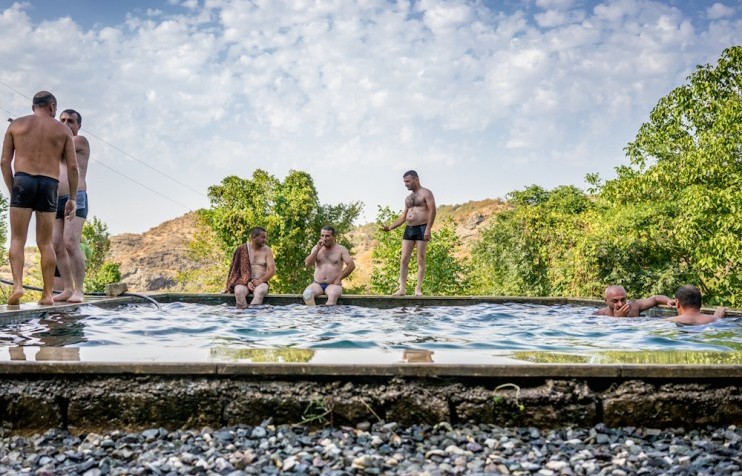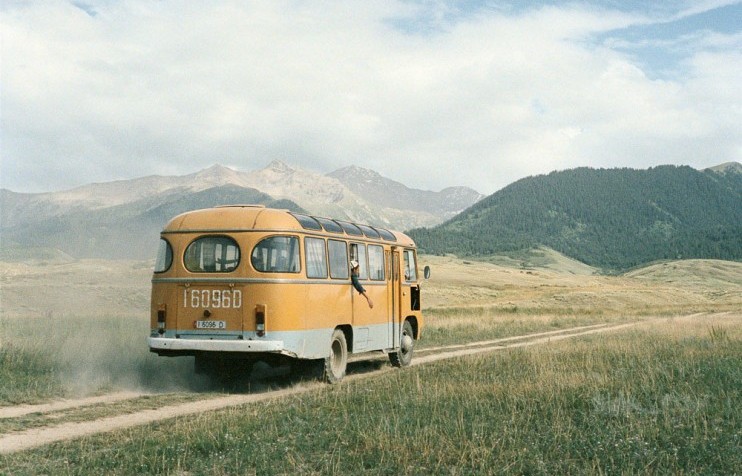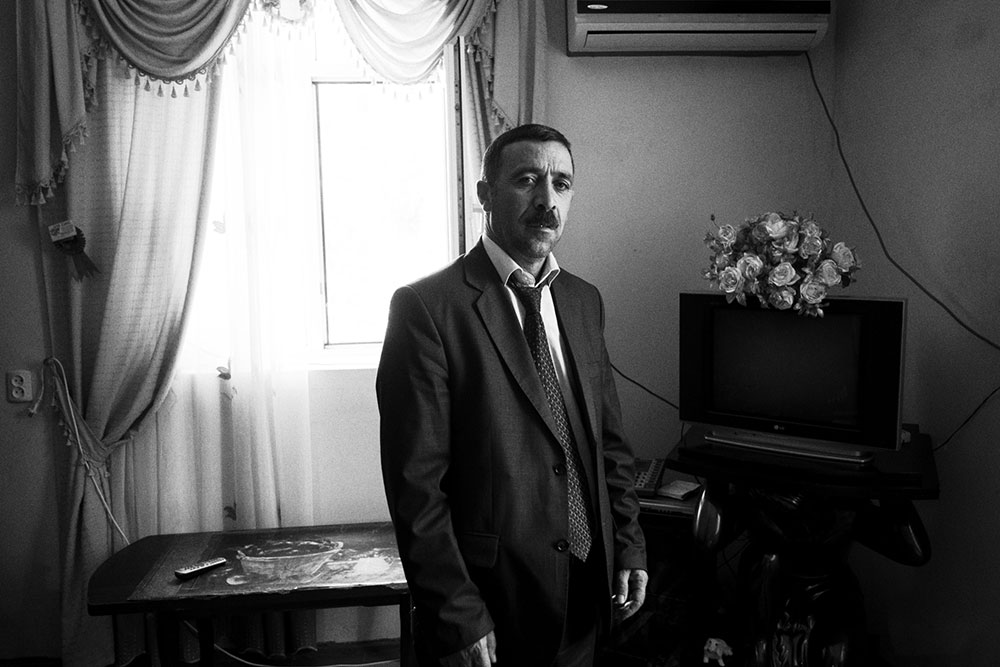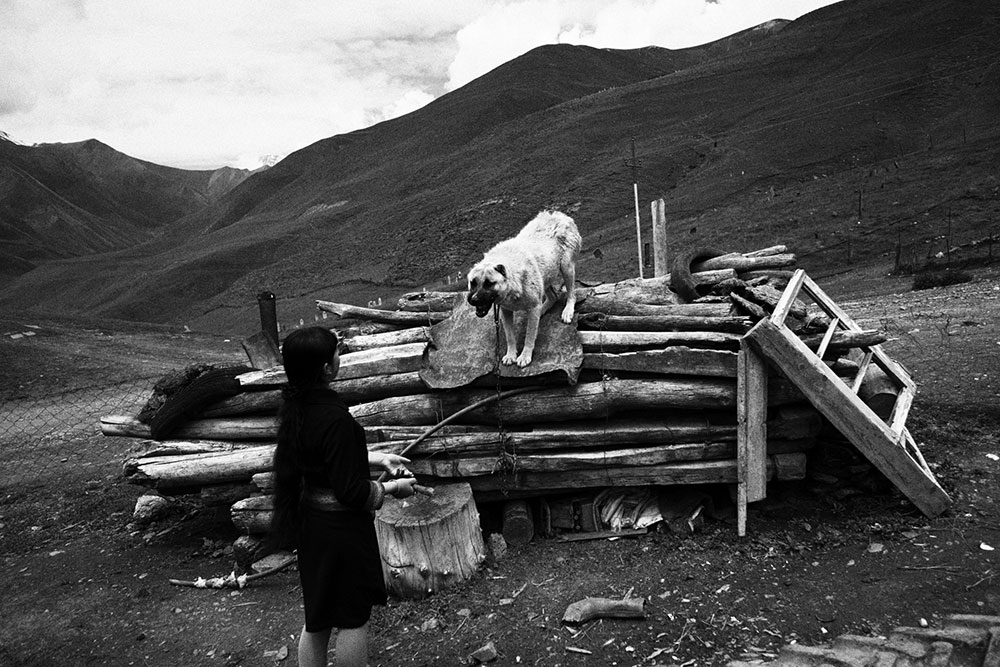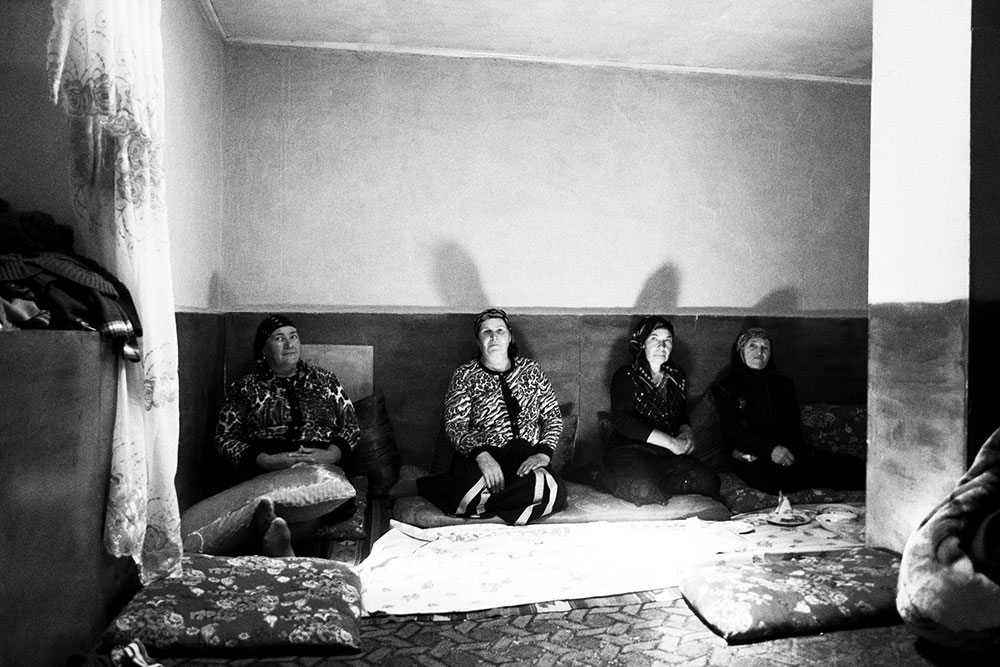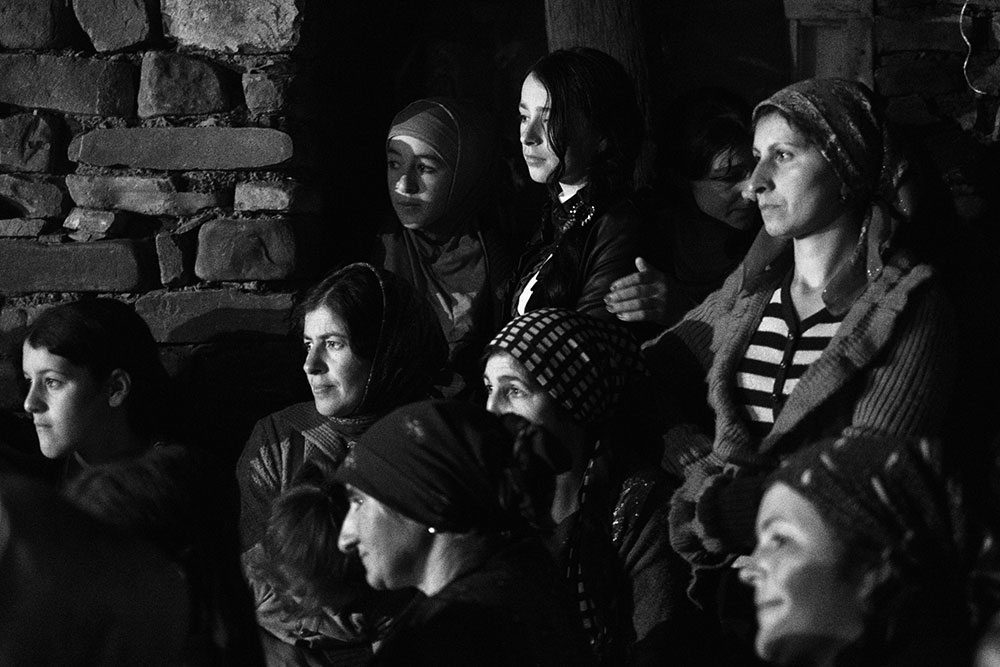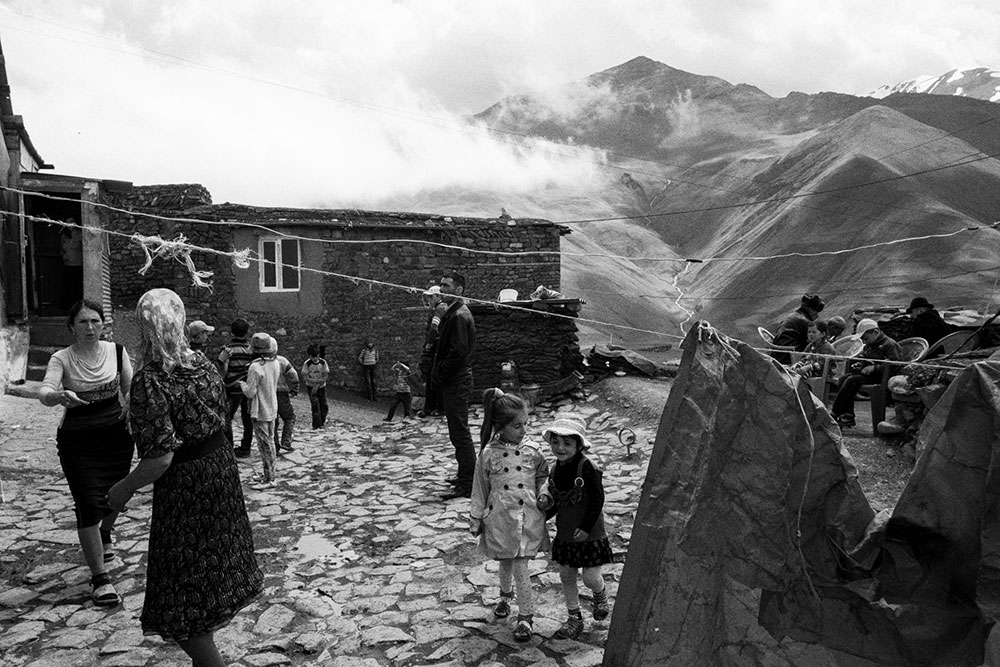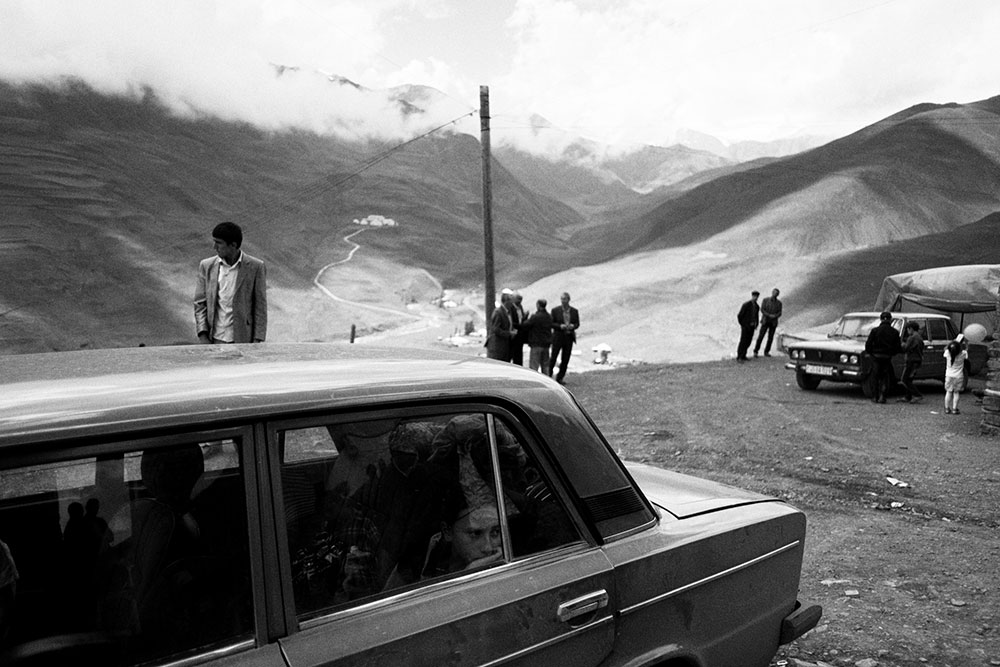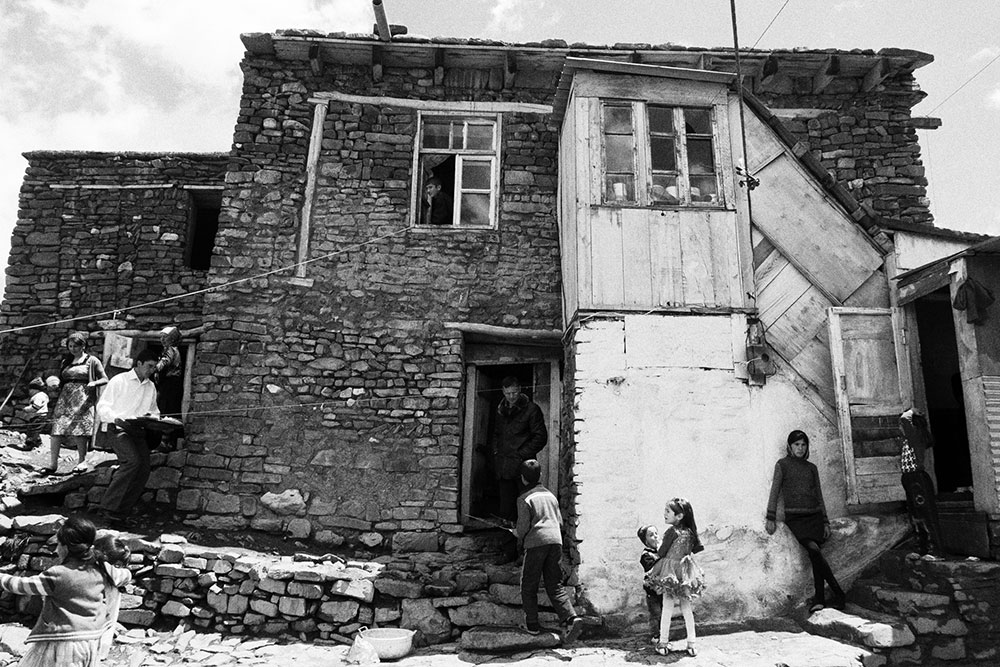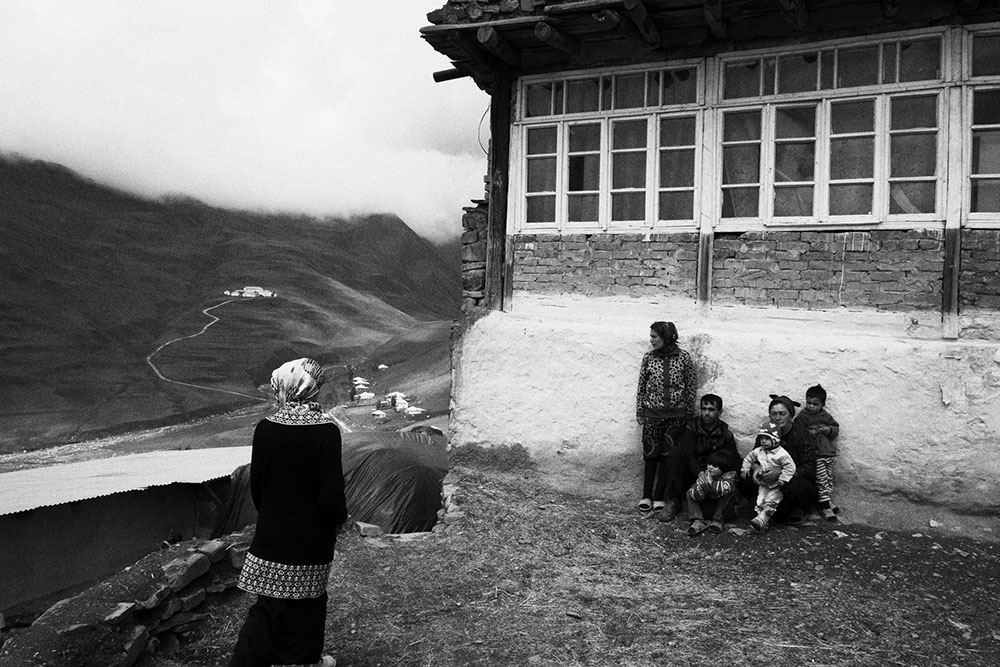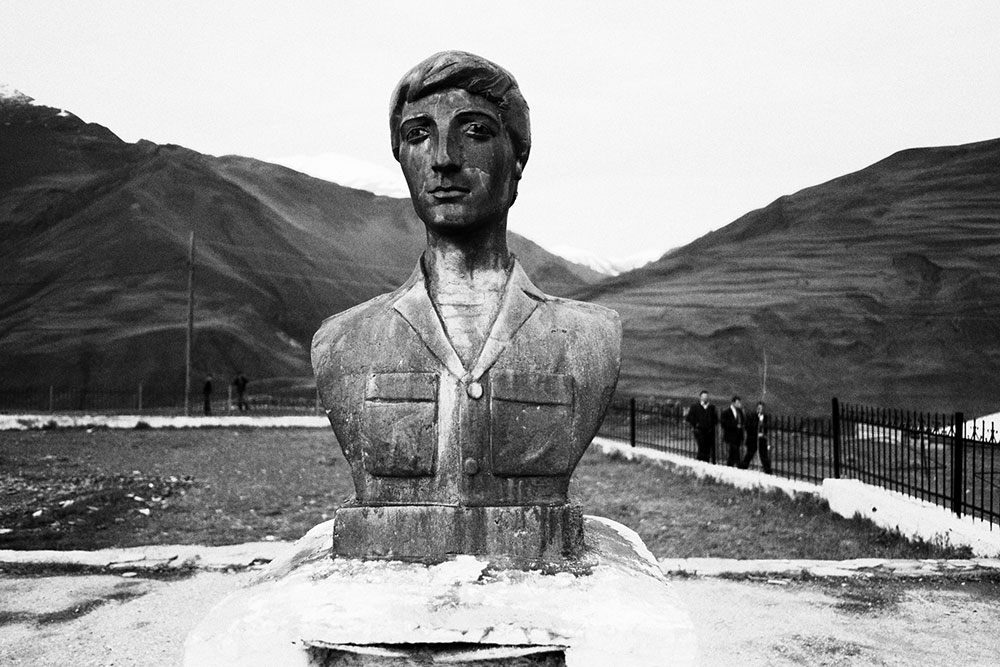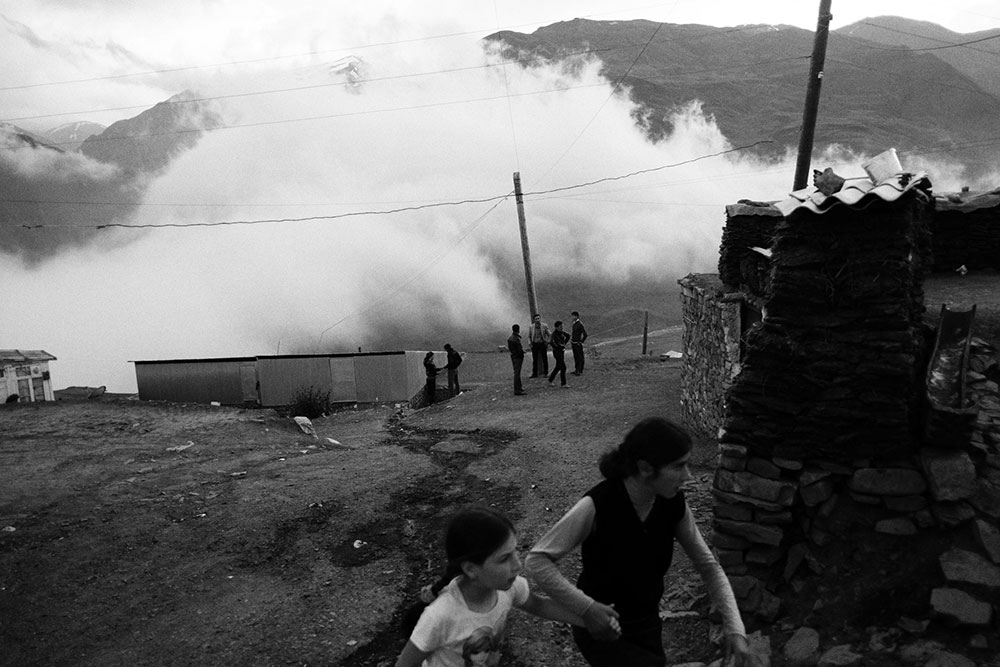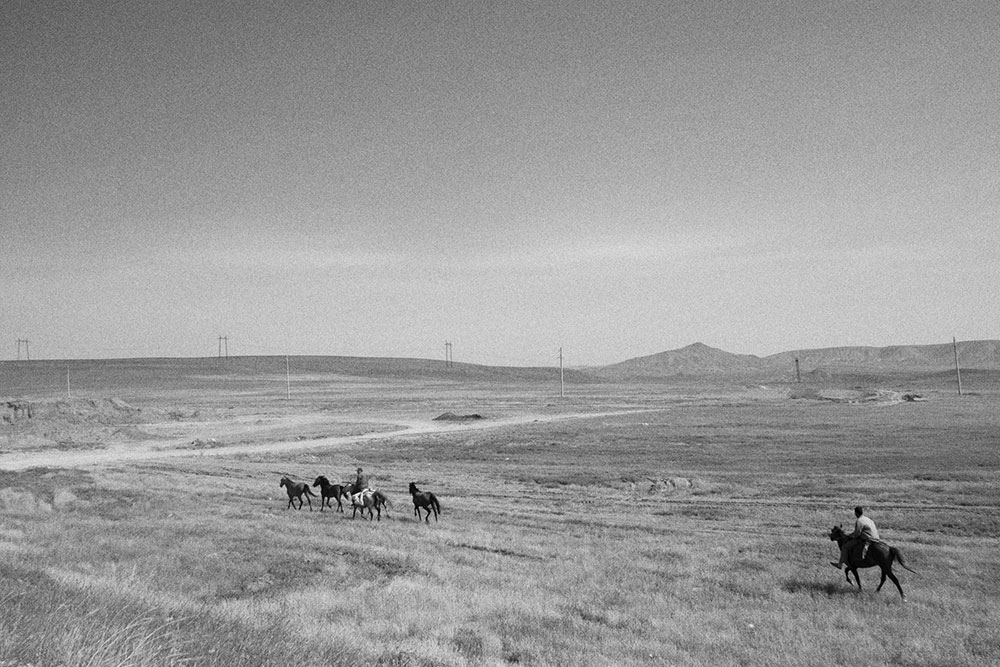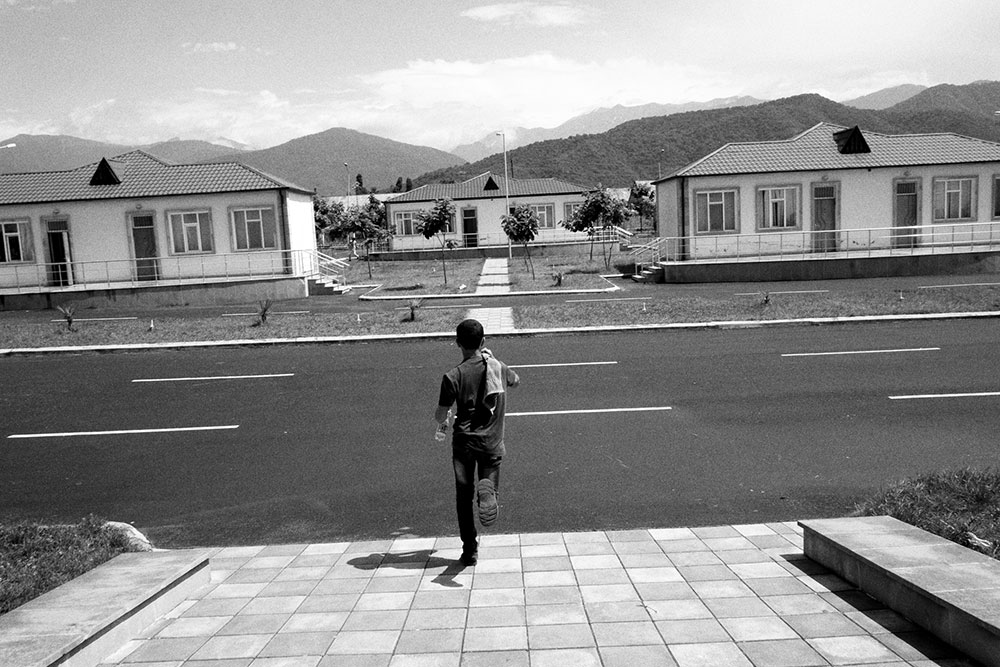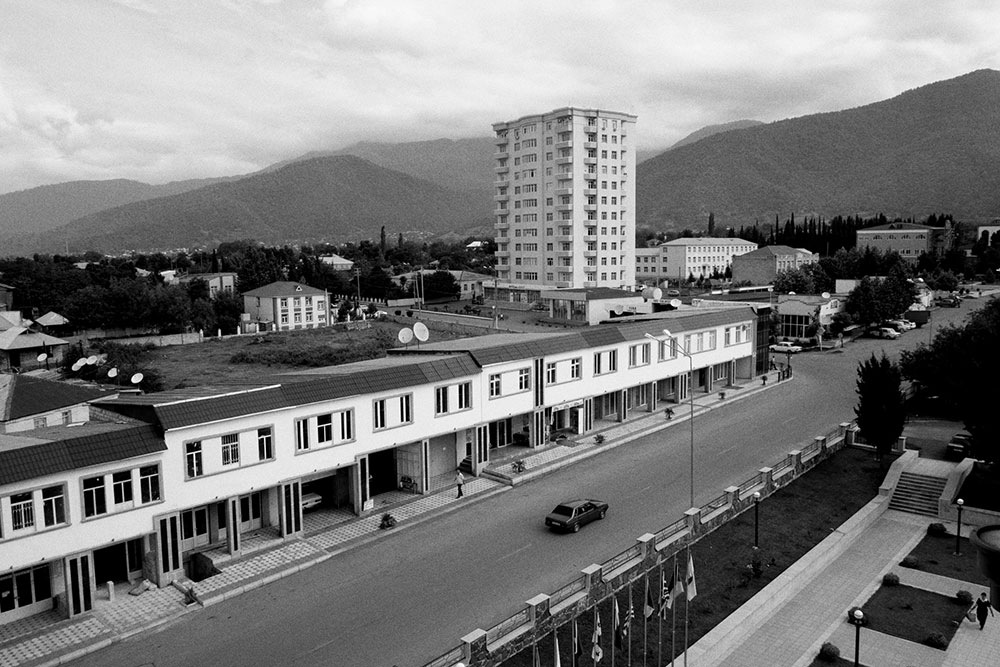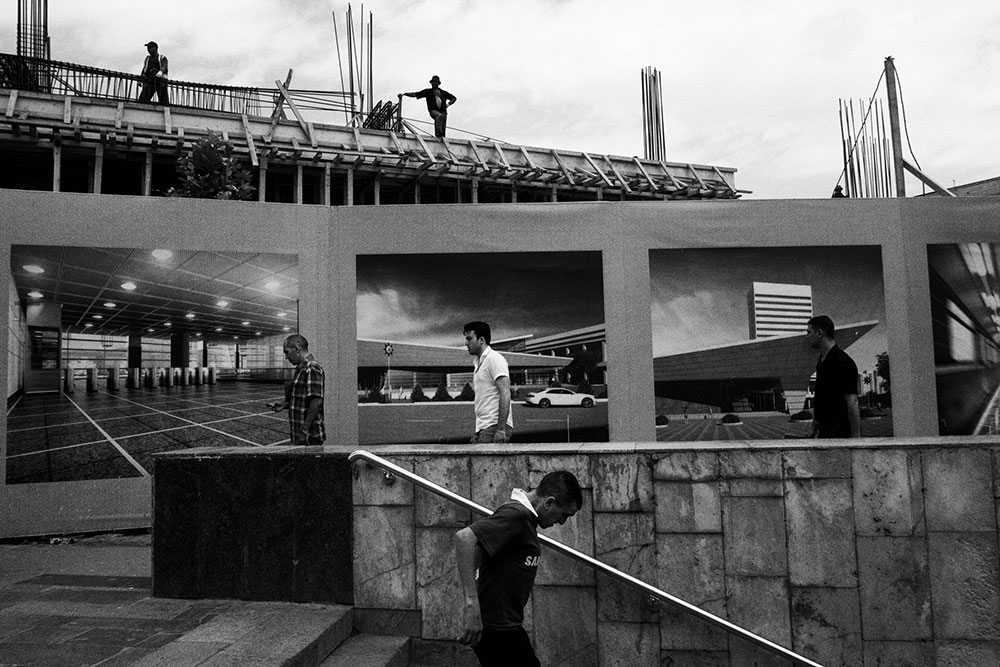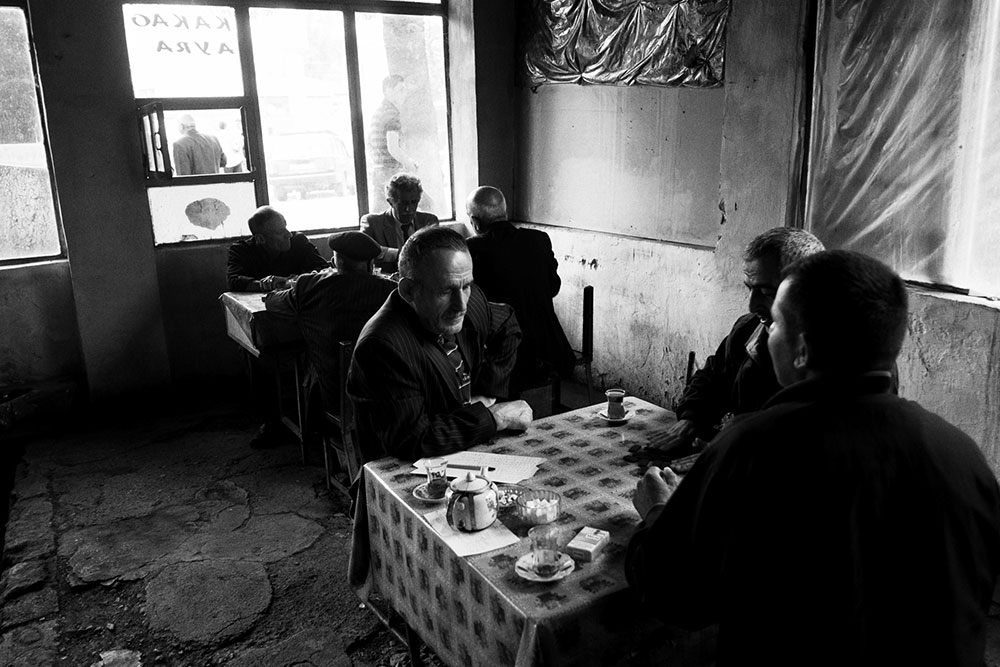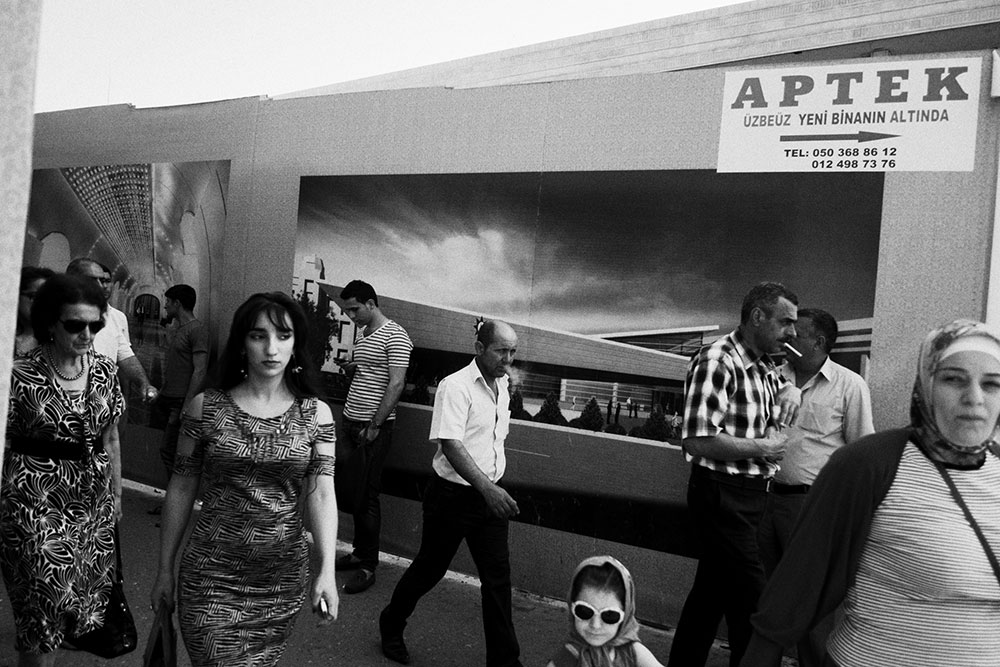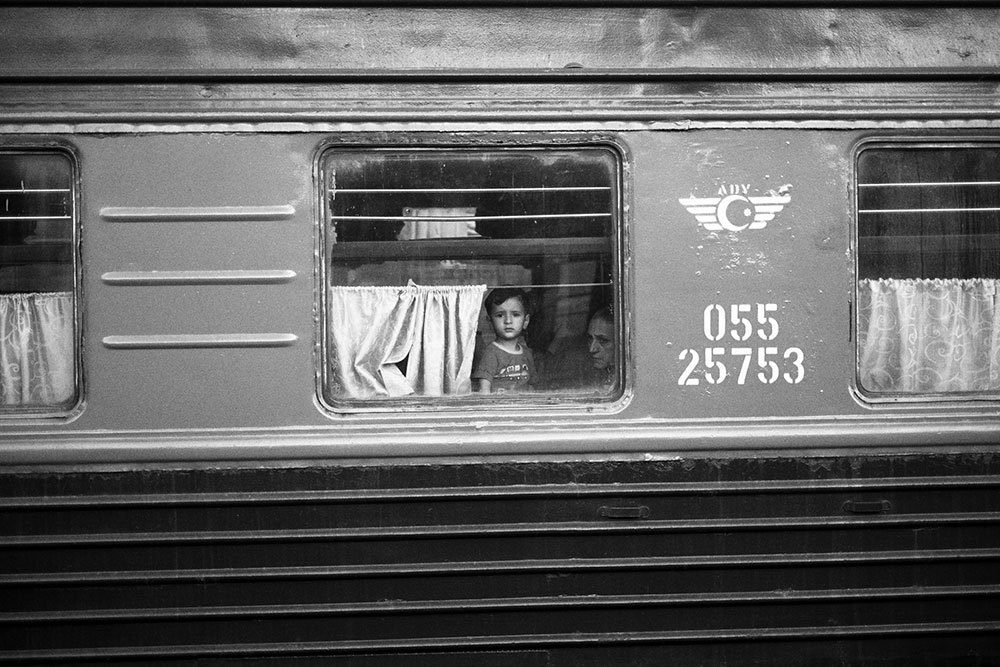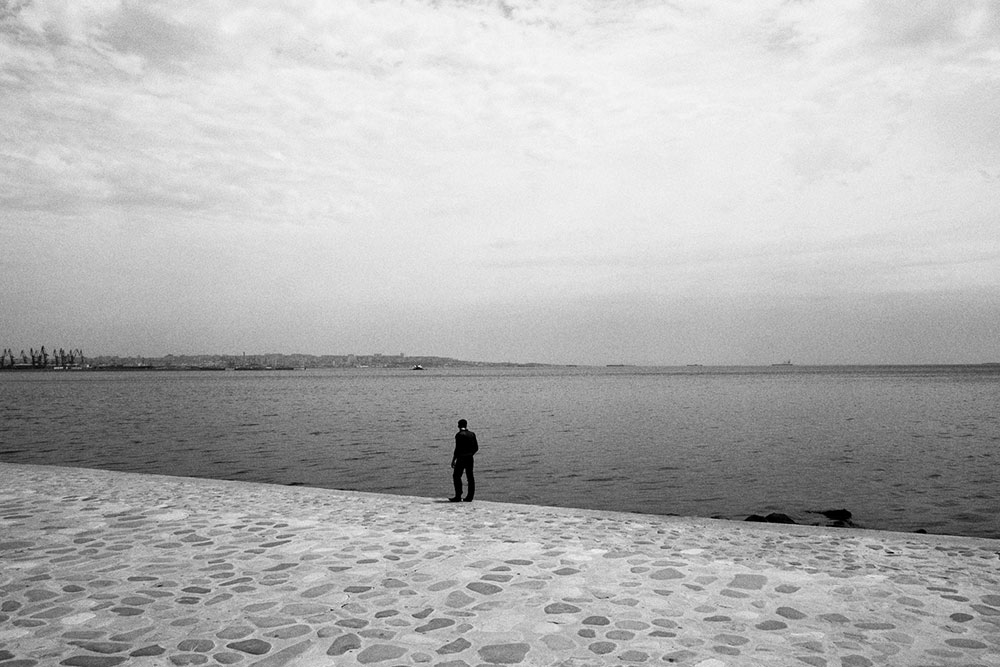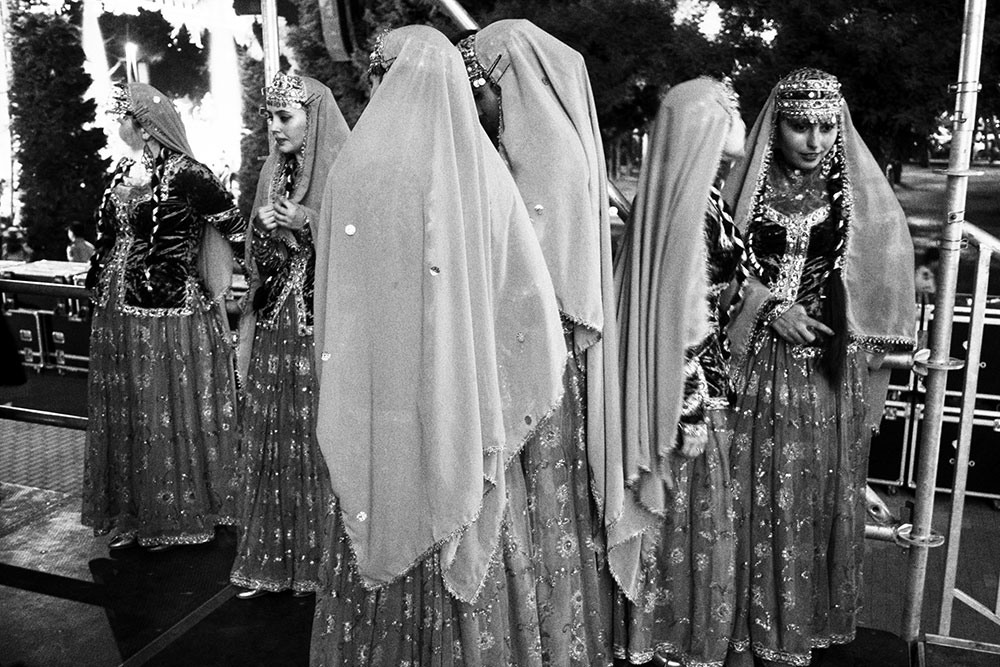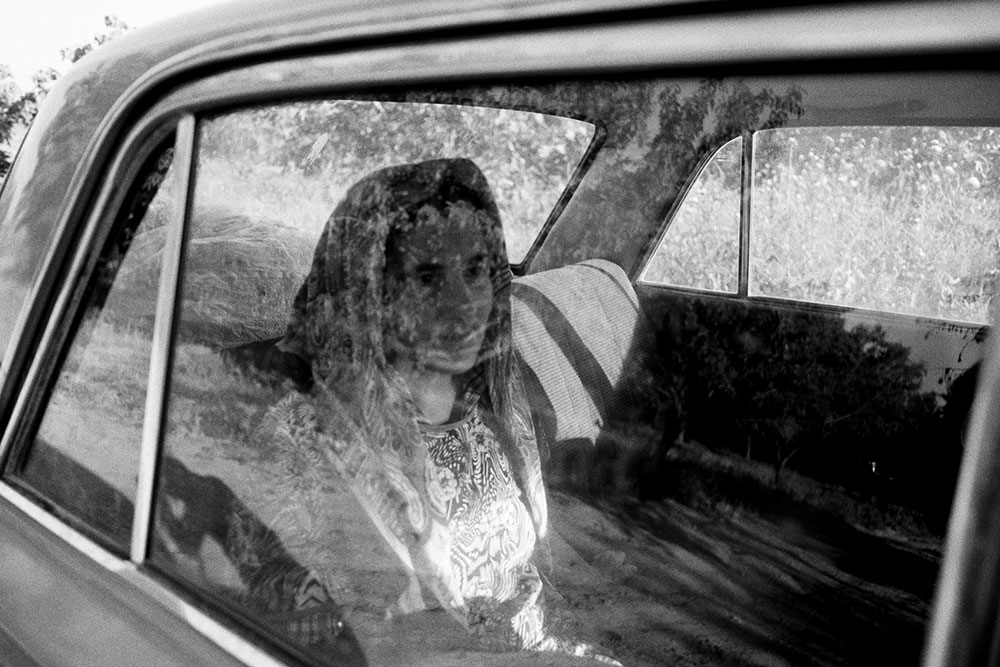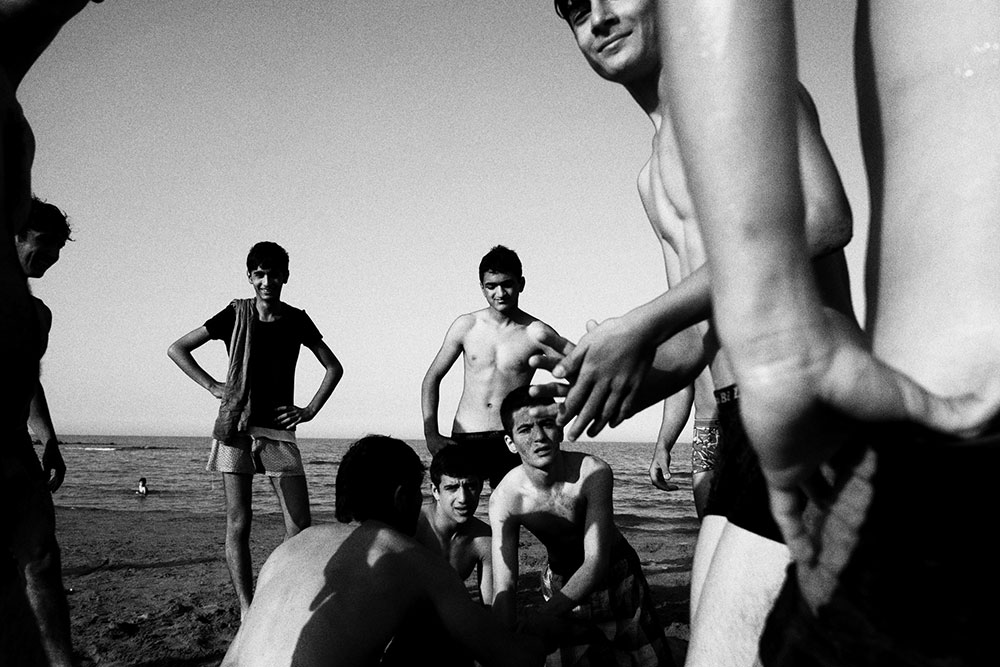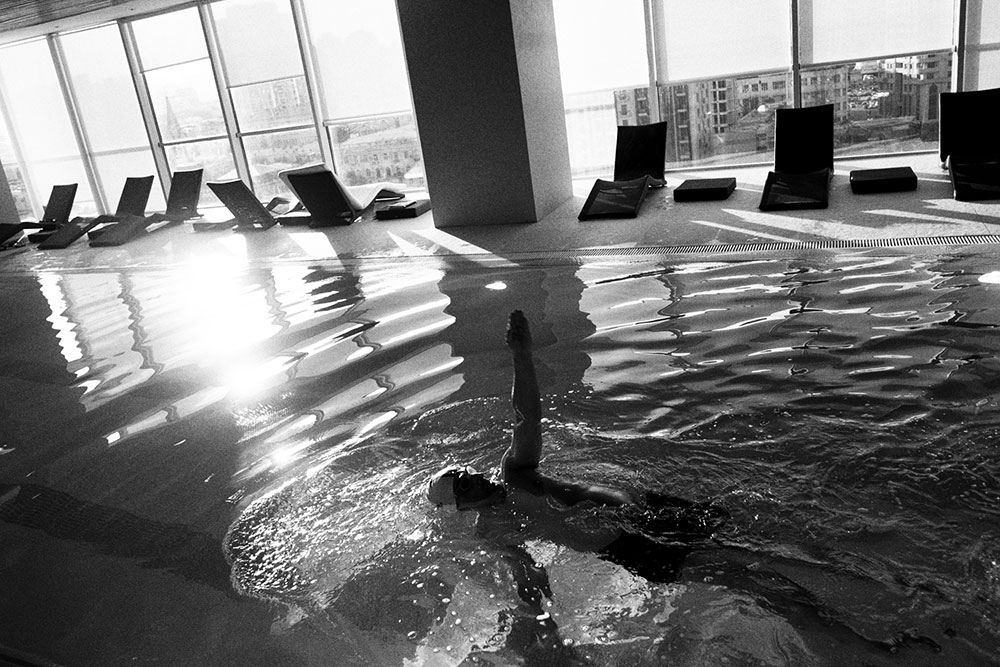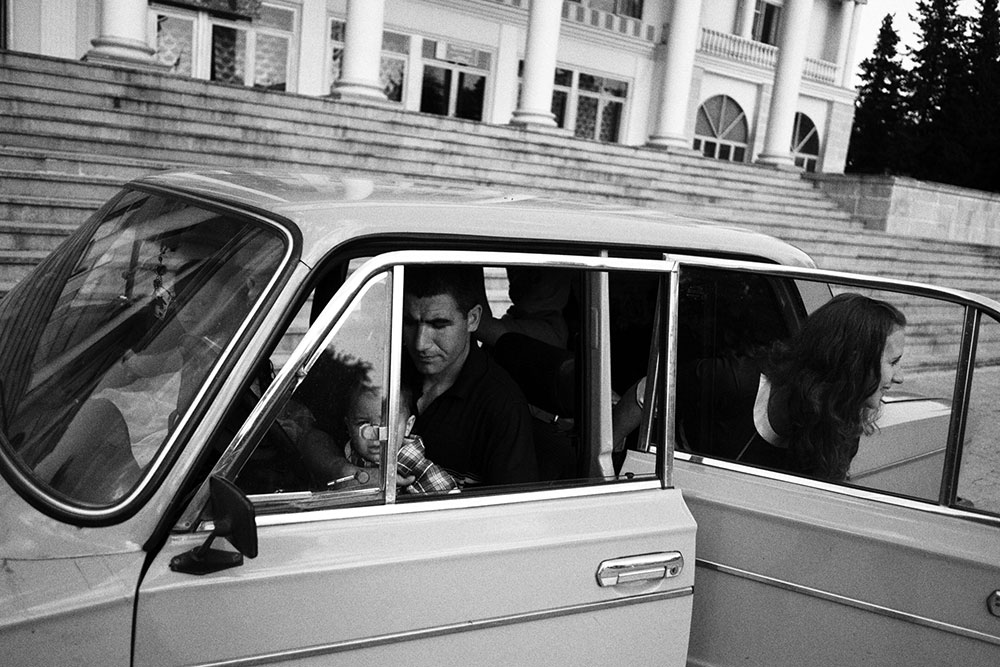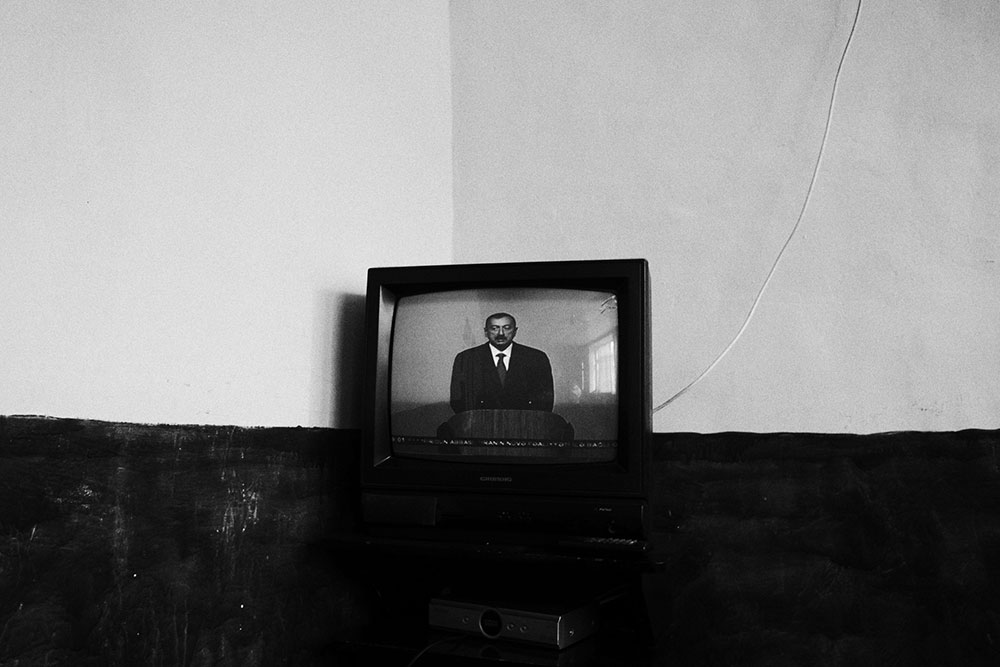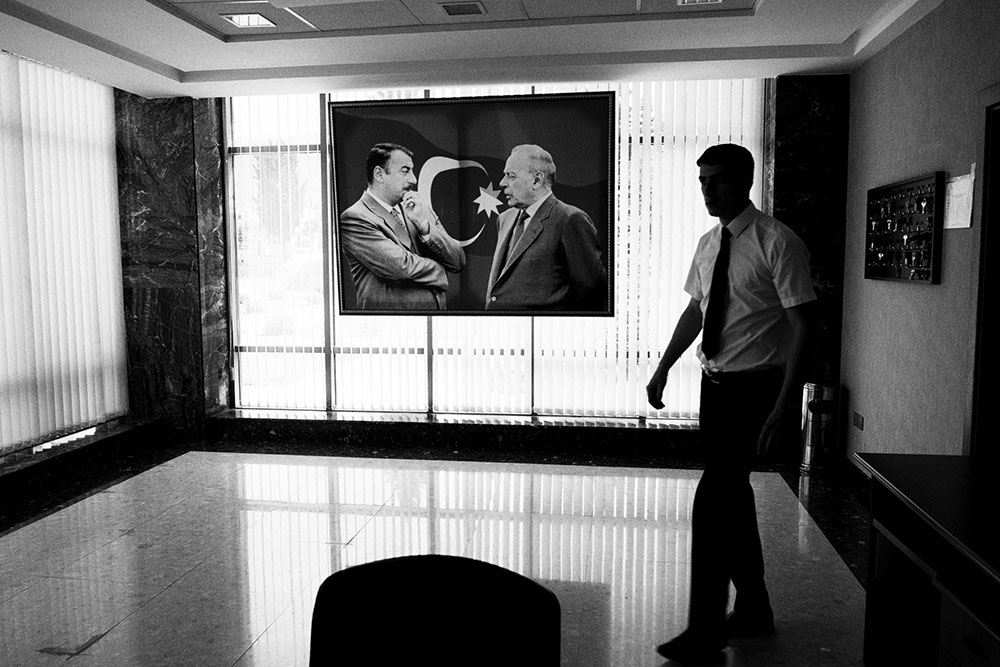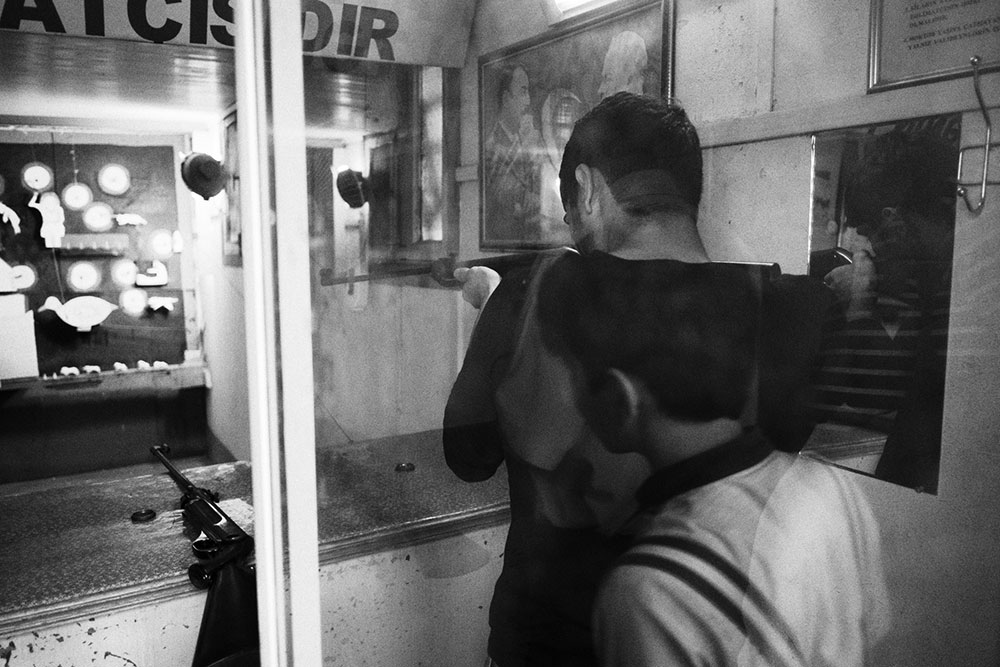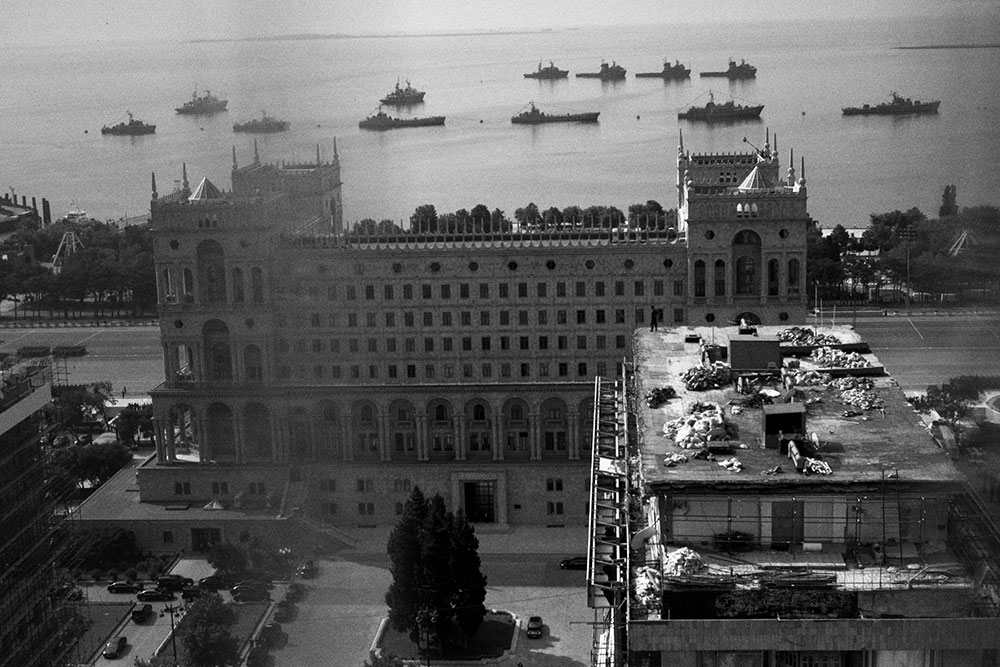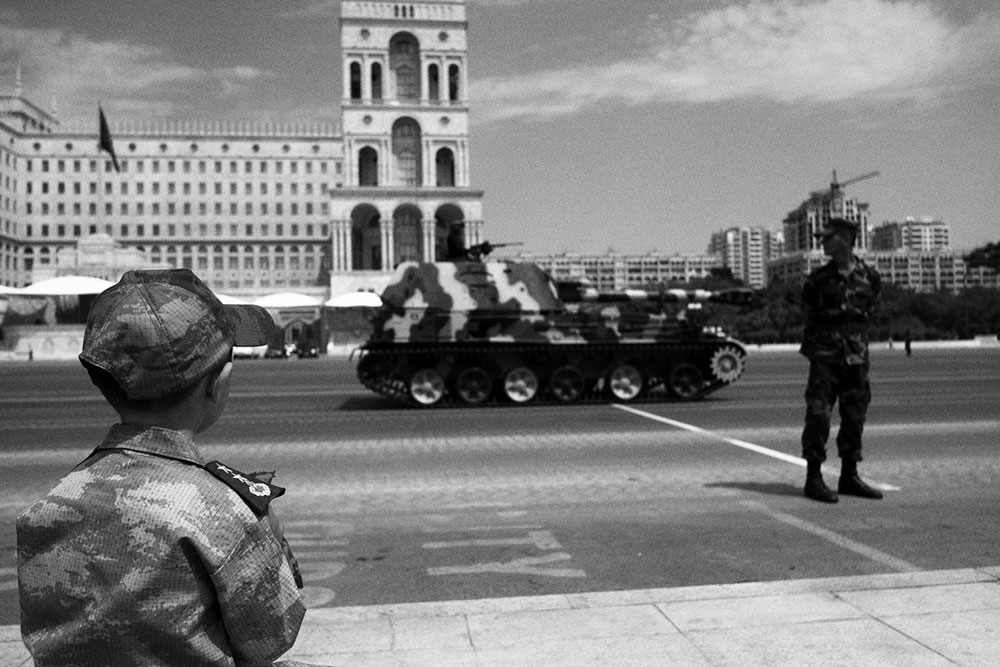Even today, when most of the world’s paths are tourist trails, Azerbaijan remains a land of mystery. How much do we really know about this country on the edge of the Caspian Sea that borders Georgia, Armenia and Russia? Photographer Tomer Ifrah embarks on a journey to discover the true spirit of contemporary Azerbaijan.
Located on the oil-rich Caspian Sea, Azerbaijan’s cosmopolitan capital Baku is a combination of relics from ancient empires and mushrooming new skyscrapers, while the mountains remain home to isolated rural communities. Having been through several conflicts, including the Nagorno-Karabakh war in the 90s, Azerbaijan is still forming its new independent national identity.
Ifrah spent three weeks travelling around Azerbaijan, and visited both the capital Baku and remote mountain villages. Born in Israel in 1981, he started taking photographs in 2002 when he got a camera as a present from his older brother. He’s always been drawn to unlikely destinations: he shot his first long-term documentary project in Ethiopia in 2007. Since then he has become committed to documentary photography, taking on long-term projects that address social issues and tell everyday stories. Ifrah has been drawn to post-Soviet territories mainly by post-Soviet symbols, which led him to exploring the daily life of the region (see his cinematic account of the Moscow metro here).
Ifrah’s diary is shot in distinguished black and white. Mountains unveil like tapestries, only to reveal busy construction sites, wide steppes, and scenes of everyday life in which people’s expressions and movements are enhanced by rich contrasts. The Calvert Journal publishes Ifrah’s exclusive photo story together with his own account of his journey through Azerbaijan.
I travelled to Azerbaijan in Summer 2013. The journey started with a few days in the capital Baku. We then drove north-west to visit different cities, towns and villages such as Ivanovka, a village inhabited by a community of Molokans, Gebele, Sheki and others. On our way to the Caucasian mountains we passed through the city of Quba and arrived to Khinalig, a unique ancient village located at the highest point of Azerbaijan. After a few more days in Baku we continued to the Nagorno-Karabakh region to photograph families of Azeri refugees from the Azerbaijan-Armenia war.
When we first arrived in Baku and met our hosts, we drove directly to The Landmark hotel. It is said that the name of the hotel was chosen to mark the place where Baku’s skyline has changed. From the 20th floor of the hotel you can see dozens of skyscrapers, business buildings, residential and hotels — a skyline that had not existed only a few years ago. This is also true for other parts of Azerbaijan that have been changed dramatically in recent years.
What I saw was at times different to my expectations, especially when we got out of the cities into to the rural areas of the country. The small towns and villages have such an authentic Azeri character — preserved traditions or even simple everyday realities that were totally unfamiliar to me.
Along the way there were many fascinating things on a visual level, but the most meaningful impression that stayed with me is the way of life in the remote village Khinalig. It’s a small community of about 2,000 people. Being so remote the people depend almost entirely on themselves for their livelihoods. It’s the simplicity and the harmonic way in which they live that left a strong impression. Khinalig is an ancient village with a history of 5,000 years and they are devoted to maintaining their tradition, including preserving a language that is unique to them. In addition, this village is located in one of the most beautiful places I have ever seen.
Azerbaijan and Armenia are experiencing a long and very painful conflict. Together with a reporter we went to interview Azeri refugees and heard very sad stories of things that happened more than 20 years ago.
At times technical decisions like format, colour or black and white, film type or digital comes naturally without hesitation and sometimes, like in this case, it’s more difficult to decide. Since this series of pictures is actually a photographic diary that covers places very different from each other, both visually and in content, I felt that keeping them monochrome would bind the images together and give balance to these diversities.
Photography: Tomer Ifrah
Interview: Anastasiia Fedorova
